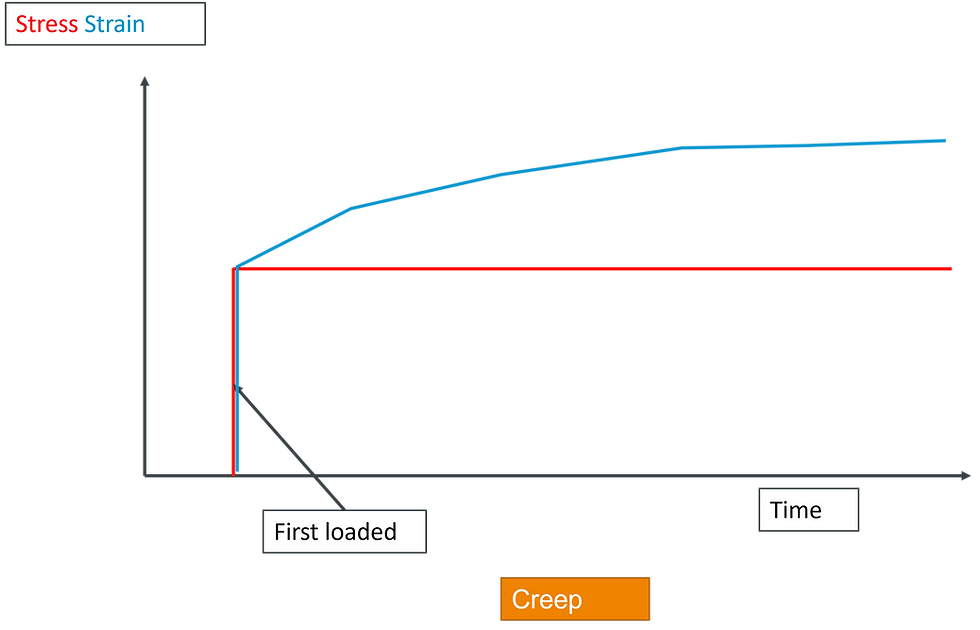Practical durability design for concrete
- Si Shen

- Mar 6, 2020
- 2 min read
What makes concrete degrade?
Here are the environmental conditions concrete doesn’t like in general:
Water – dampness, fresh water, sea water, with sea water normally being worse. Cyclically wet and dry is usually worse than constantly submerged.
Soil – with soil always comes (ground) water.
Salt – in soil or in water. Just being close to the sea is enough to be a problem
Aggressive chemicals, such as acid, sulphate, chloride, etc.
(The 4 things above can come in a combination, which makes it worse)
Temperature fluctuation, especially where it can freeze
Abrasion – from traffic or sandstorms
Concrete exposed to the above conditions is more likely to break away, spall off or crack. The ‘exposure class’ worsens (goes higher) as the number of undesirable conditions add up, or the severity of each increases.
Concrete vs. steel, which one is more vulnerable?
Typically, the main reason that leads to the loss of durability of concrete is NOT the loss of concrete itself, but the corrosion of steel reinforcement wrapped inside the concrete. Once the concrete cover is gone, the steel, which is much more vulnerable than the concrete, will now take the hit. When the steel is gone, concrete fails suddenly. Therefore, either the steel has to be made resistant to the attacks so that loss of concrete cover is no longer a problem, or the concrete itself is made more robust to serve as better protection. Most of the time, the latter is way more economic than the first. As such, in terms of durability of reinforced concrete, the spotlight will be on the concrete rather than the steel.
How to make concrete more durable?
To produce durable a concrete mix, the following criteria have to be met:
The concrete has to be strong enough overall - minimum strength requirement. The higher the exposure class, the higher the limit.
The binder has to be plenty enough to hold aggregates together – minimum binder content. The higher the exposure class, the higher the limit.
The concrete shouldn’t be too ‘spongy’ (not too many cavities) – maximum water ratio. The higher the exposure class, the lower the limit.
Cured carefully – minimum curing time and minimum strength after curing. The higher the exposure class, the higher the limit.
Apart from producing a quality concrete mix, from a designer perspective, the following measures can be taken:
Specify a concrete grade that matches the exposure class, along with other specifications that the contractor must meet
Specify sufficient cover to reinforcement. Sometimes an allowance has to be made for a sacrificial cover that is assumed to wear away over time.
As a back-up plan, specify more robust steel, such as galvanised, epoxy-coated or stainless reinforcement.
Other more sophisticated measures exist but generally must be done by specialists.




Comments